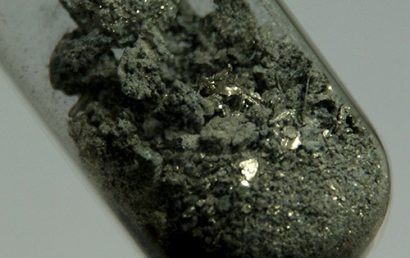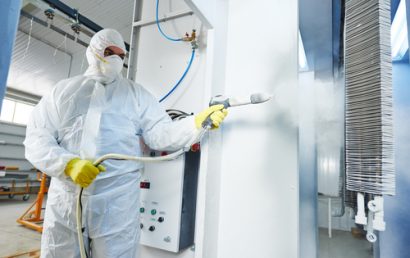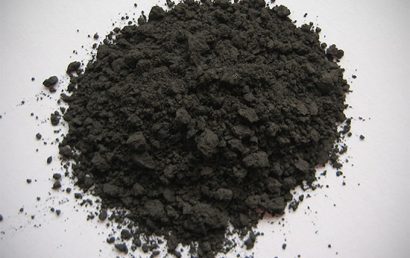Understanding Thermal Spray Coatings For Zinc
In the world of thermal spray, powders play an essential role. Nickel powder for thermal spraying and other alloy powders, as well as cobalt-based and iron-based alloy powders, are used to protect and repair mechanical parts. The hardness requirement of the coating determines which alloy or powder is most appropriate for a specific use.
How Does It All Work?
As a driving force, compressed air and a “gun” are used. The air drives zinc wire through the gun’s nozzle. The heating process required comes courtesy of an oxygen acetylene flame. So that the material can be sprayed onto the workpiece, the flame atomizes the chosen powder (zinc) into particles and thermal spray zinc is formed. This provides a protective layer through the use of compressed air. Even if, after blasting, the substrate has an uneven surface, the metal coating will adhere to the workpiece’s surface firmly.
Uses of Zinc Thermal Spray
A solid cover was formed when the workpiece was treated by the atomized high temperature particles (or fine droplets) that flowed through the high-speed airflow. Now, the surface of the workpiece can obtain variations of the following:
- Anti-microwave radiation
- Disinfection
- Sealing
- Conductivity
- Heat insulation
- Oxidation resistance
- Heat resistance
- Corrosion resistance
- Wear
- Hardness
Additionally, special chemical and physical properties can be obtained.
Through the process of zinc thermal spray, equipment waste can be minimized because parts that would ordinarily be scrapped can be restored. The process can also, during the manufacture of new parts, ensure increased longevity with protection and strengthening.
Requirements For Spraying
There are a number of requirements that must be adhered to for zinc thermal spray to be successful.
The requirements for the spraying process are as follows:
- Additional spray coatings can begin once the temperature of the coated surface has dropped below 70°CC (after the first coating).
- Between layers, the spray gun should be perpendicular.
- The spray thickness should be as uniform as possible, and spray tape should have a one third overlap width.
- 25 – 80μm is an appropriate thickness of an application by a moving spray gun.
- At not less than 45°, the substrate surface should be at a right angle to the spray gun, at a spraying distance between 100 to 200 mm.
- With a pressure of not less than 0.4 MPa, the compressed air being sprayed should be dry and clean.
The spraying requirements are as follows:
- With no crease, no oil, and no rust, zinc wire must be smooth and have a 2.0 to 3.0 mm diameter.
- No less than a 99.99% purity must be possessed by the metal spraying zinc.
For over 70 years, A&A Coatings has been at the thermal spray coating industry forefront. We also have machining, lapping, and grinding capabilities. If the zinc thermal spray process described above sounds like something you and your business could make good use of, speak with one of our knowledgeable representatives. We offer many other thermal spray materials and processes, as well. With so much to offer, we serve nearly every industry imaginable. For more information, contact us today.



